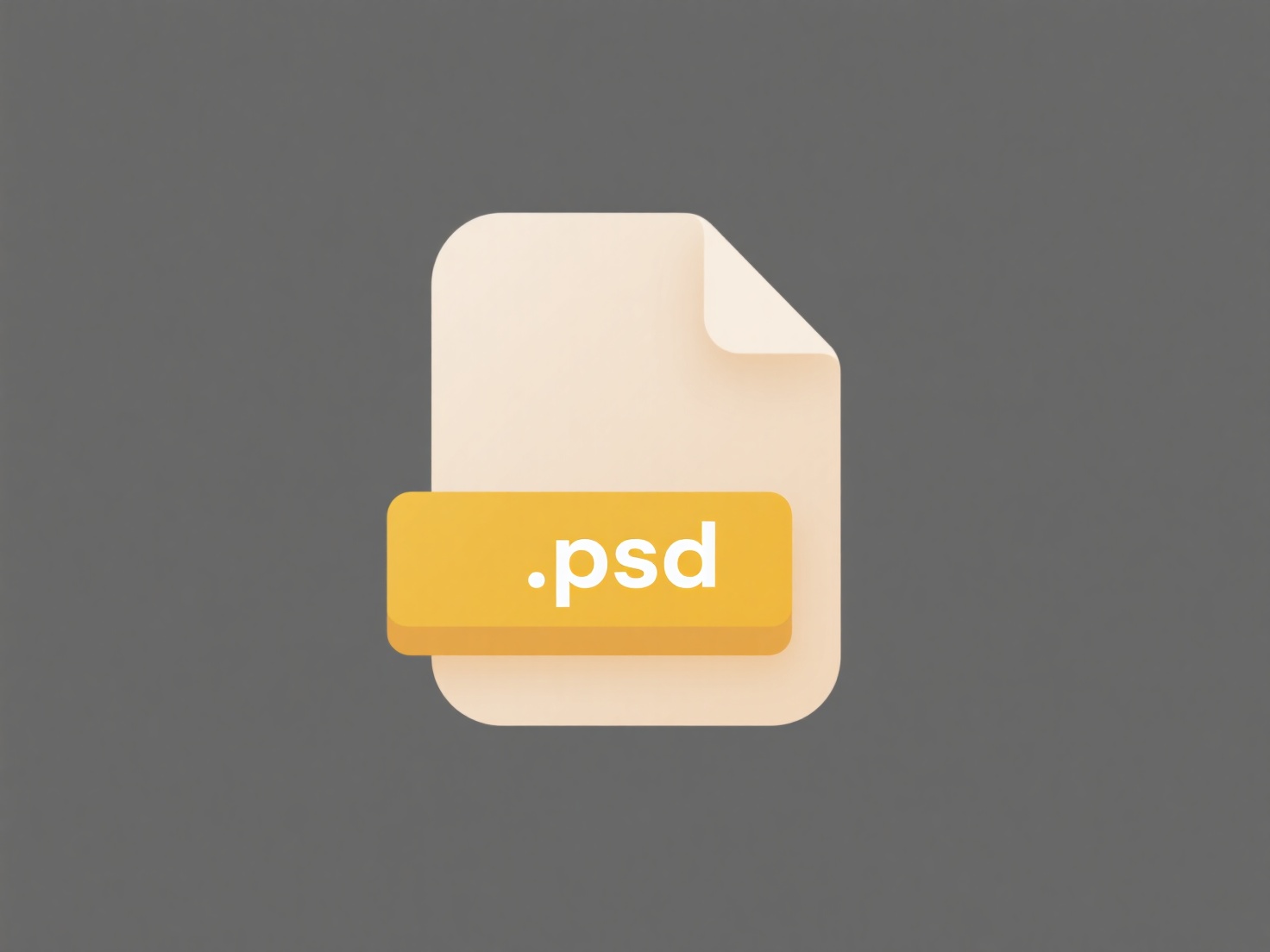
Filename duplication with timestamps (like "report_20230715_142356.txt") or hash codes (like "file_ab34e1d9.txt") occurs to prevent overwriting existing files. Systems automatically append unique identifiers when saving a new file with the same name as an existing one in the same location. Timestamps provide human-readable uniqueness based on creation time, while hash codes are typically generated algorithms that create unique, non-guessable identifiers for files.
Practical examples include automatic file saving by software: backup tools saving hourly snapshots ("invoice_backup_20231024_0900.pdf") or collaboration platforms like Google Drive creating conflict copies ("MeetingNotes_CONFLICT_20231102.docx"). Hashing is common in software repositories like Git ("header_fa1b2c.h"), ensuring unique filenames when managing changes or processing large batches of uploaded files.

This prevents accidental data loss by avoiding overwrites, particularly valuable in automated or collaborative workflows. However, it can clutter folders with repetitive names. Future systems may offer improved conflict resolution interfaces rather than name modifiers. While safe, excessive duplication necessitates organizational discipline to avoid confusion.
Why are my file names duplicated with a timestamp or hash code?
Filename duplication with timestamps (like "report_20230715_142356.txt") or hash codes (like "file_ab34e1d9.txt") occurs to prevent overwriting existing files. Systems automatically append unique identifiers when saving a new file with the same name as an existing one in the same location. Timestamps provide human-readable uniqueness based on creation time, while hash codes are typically generated algorithms that create unique, non-guessable identifiers for files.
Practical examples include automatic file saving by software: backup tools saving hourly snapshots ("invoice_backup_20231024_0900.pdf") or collaboration platforms like Google Drive creating conflict copies ("MeetingNotes_CONFLICT_20231102.docx"). Hashing is common in software repositories like Git ("header_fa1b2c.h"), ensuring unique filenames when managing changes or processing large batches of uploaded files.

This prevents accidental data loss by avoiding overwrites, particularly valuable in automated or collaborative workflows. However, it can clutter folders with repetitive names. Future systems may offer improved conflict resolution interfaces rather than name modifiers. While safe, excessive duplication necessitates organizational discipline to avoid confusion.
Quick Article Links
What happens when I unshare a file?
Unsharing a file means revoking access permissions previously granted to specific users or groups. It removes their abil...
How do I rename files with the command line?
Command-line file renaming involves using text-based terminal commands to change file names. This contrasts with graphic...
Can I lock a file format to prevent editing?
Locking a file format typically refers to applying restrictions within the file itself or via its environment to prevent...